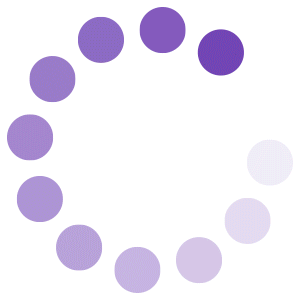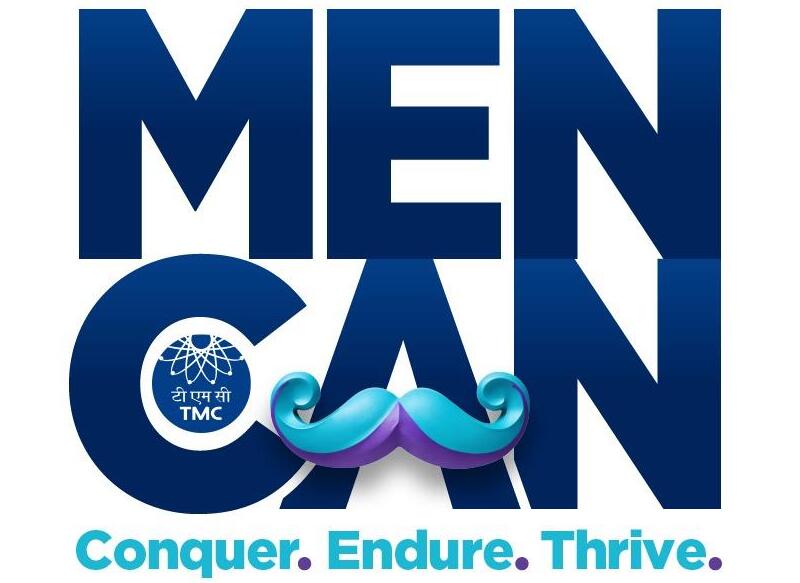
Chemotherapy for testicular cancer:
Chemotherapy involves using anti-cancer (cytotoxic) drugs to kill cancer cells. These drugs travel throughout your body in the bloodstream.
You may need chemotherapy if there’s a higher chance of your cancer returning or if it has already spread. Typically, you’ll receive a combination of chemotherapy drugs.
The drugs are administered directly into your bloodstream, either by injection or through a drip (intravenously).
When you receive chemotherapy, it may be to:
– Help prevent the cancer from returning after surgery to remove a testicle (this is known as adjuvant chemotherapy).
– Treat cancer that has returned (relapsed) after the initial treatment.
– Treat cancer that has spread beyond the testicle.
How You Have Chemotherapy
Chemotherapy is typically given using a combination of drugs, administered directly into your bloodstream (intravenously).
Into Your Bloodstream
Chemotherapy is delivered through a thin, short tube (called a cannula) inserted into a vein in your arm each time you receive treatment.
Cycles
Chemotherapy is given in cycles, with each cycle being the period from the start of one treatment round to the start of the next. A typical cycle lasts 3 weeks (21 days). You receive chemotherapy on specific days within each cycle.
The number of cycles you need depends on:
– Whether your cancer has spread
– Where it has spread
– Your tumor marker blood test results
– How well your cancer responds to the treatment
Preventing Blood Clots
Chemotherapy can raise your chances of developing blood clots. How much your risk increases depend on your individual situation.
Your doctor may recommend taking medication to help reduce this risk. They will discuss your specific risk level with you and explain the pros and cons of taking these medications.
Where You Have Chemotherapy
Chemotherapy is usually given through your bloodstream at a cancer day clinic. You might sit in a chair for a few hours, so it’s a good idea to bring something to keep yourself occupied, like books, newspapers, or electronic devices. You can usually have a friend or family member with you for support.
Some chemotherapy treatments are given over several days. In these cases, you might be able to take some drugs home with you using a small portable pump.
For certain types of chemotherapy, you may need to stay in a hospital ward, either overnight or for a few days.
In some cases, certain chemotherapy treatments can be administered at home. Your doctor or nurse can provide more information about this option.
Before You Start Chemotherapy
Before beginning chemotherapy, you’ll need to have blood tests to ensure it’s safe to proceed. These tests are typically done a few days before or on the day you start treatment. You’ll have blood tests before each round or cycle of chemotherapy.
It’s important for your blood cells to recover from the previous treatment before you receive more chemotherapy. If your blood counts are too low, your doctor may delay your next treatment. They’ll let you know when to have the blood test repeated and when it’s safe to continue with the treatment.
Side Effects
Common side effects of chemotherapy may include:
– Nausea
– Loss of appetite
– Weight loss
– Extreme tiredness
– Higher risk of infections
– Easy bruising and bleeding
– Diarrhea or constipation
Reach out to your doctor or nurse right away if you notice any signs of infection. These can include a temperature above 99.5°F (37.5°C) or below 96.8°F (36°C), or if you’re just feeling generally unwell. Infections can worsen rapidly, so it’s important to get help as soon as possible.
– Hair loss
Side effects vary based on:
– The specific drugs you are taking
– The dosage of each drug
– Your individual reaction to the drugs
Let your treatment team know about any side affects your experience.
Most side effects are temporary and usually last only a few days. Your treatment team can assist in managing any side affects your encounter.

